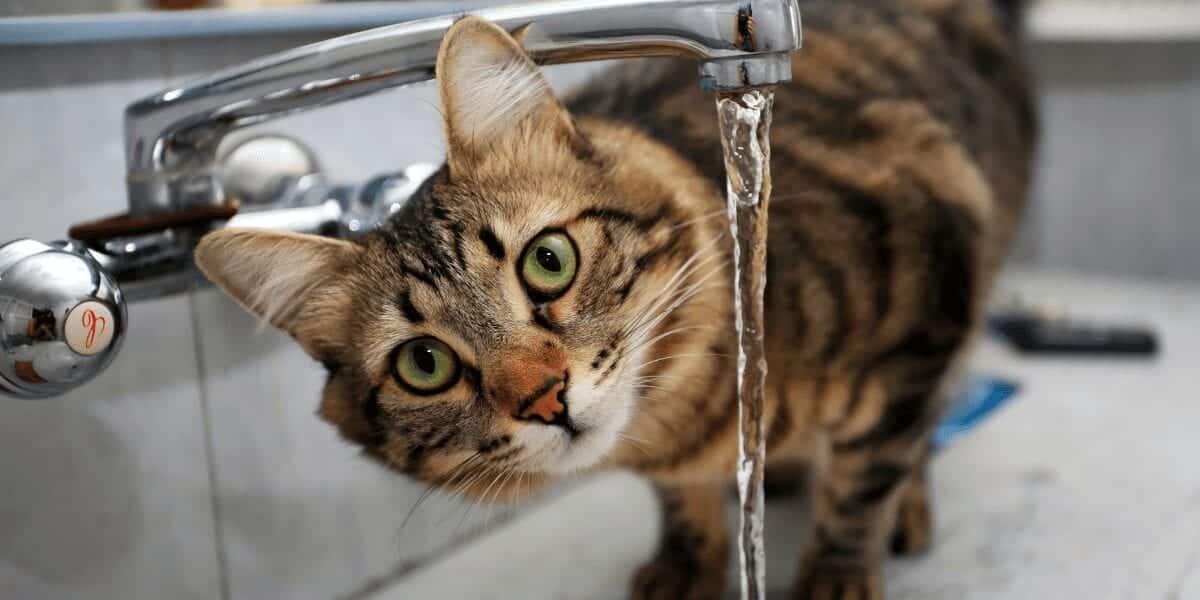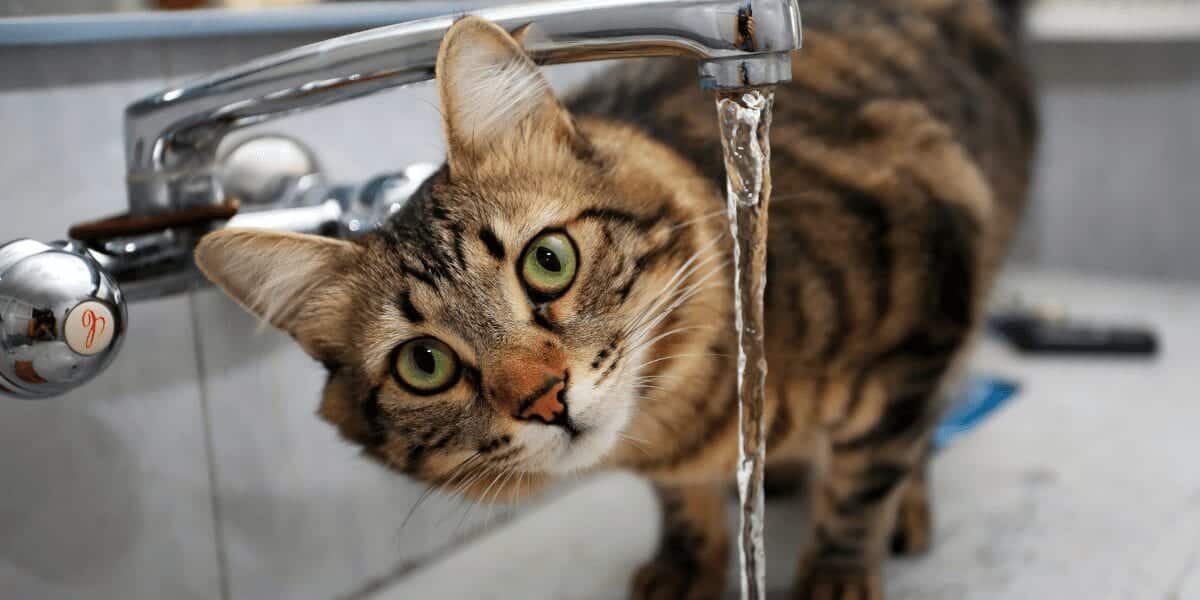Understanding Your Cat’s Hydration Needs
Cats often have a lower thirst drive compared to other pets, mainly because their ancestors lived in desert environments where water was scarce. Unlike dogs, they do not instinctively drink enough water to stay fully hydrated, which can increase their risk of kidney disease, bladder issues, and urinary tract infections. Ensuring your feline friend drinks enough water is crucial for their long-term health.
Signs Your Cat May Be Dehydrated
If you’re concerned about your cat’s water intake, watch for these signs of dehydration:
- Loss of skin elasticity: Gently pinch your cat’s skin at the back of the neck; if it doesn’t quickly return to normal, dehydration may be an issue.
- Dry gums: Your cat’s gums should be moist. If they feel dry or sticky, that indicates dehydration.
- Lethargy: Low energy levels and excessive sleepiness could mean your cat isn’t getting enough water.
- Loss of appetite: Dehydration can make food less appealing to your pet.
- Excessive panting: Unlike dogs, cats don’t typically pant unless they are overheated or dehydrated.
Ways to Encourage Your Cat to Drink More Water
Many cat owners struggle to get their pets to drink enough water. Here are some strategies to help improve your cat’s hydration.
1. Provide Multiple Water Sources
Cats can be picky about where they drink. Ensure your home has multiple water bowls placed in different locations so your cat always has easy access. If you have a multi-level home, place water bowls on different floors.
2. Keep Water Away from the Litter Box
Cats naturally avoid water sources located near their litter box for sanitary reasons. Place your cat’s water in a clean, quiet area away from their litter box and food bowl to encourage them to drink more frequently.
3. Keep the Water Fresh and Clean
Cats have sensitive noses and may refuse to drink water that smells stale or dirty. Ensure their water bowl is washed each day and filled with fresh water. Using filtered water can also help remove any contaminants that may deter your cat from drinking.
4. Use a Cat Water Fountain
Many cats prefer running water, as it resembles a natural source like a stream or river. If your cat frequently drinks from faucets but avoids their bowl, investing in a water fountain might be the solution. The continuous circulation keeps the water fresh and encourages cats to drink more.
5. Add Water to Their Food
Wet cat food naturally has a higher moisture content than dry kibble. If your cat primarily eats dry food, try incorporating canned food into their diet. You can also mix a little water into their food to help with hydration.
6. Opt for a Shallow and Wide Water Dish
Cats have sensitive whiskers, and if their bowl is too deep or narrow, their whiskers may touch the sides, causing discomfort. Opting for a wide, shallow dish can make drinking more comfortable for them.
7. Try Ice Cubes or Flavored Water
Some cats enjoy playing with ice cubes, which leads them to consume more water. You can also add low-sodium chicken broth or tuna juice (without added salt) to their water occasionally to entice them.
8. Monitor Their Water Intake
Keeping an eye on how much water your cat drinks can give you a better idea of their hydration levels. If you notice a sudden decrease in their water intake, consult a veterinarian, as this could be a sign of an underlying health condition.
Keeping Your Cat Hydrated Is Essential
Ensuring your cat stays hydrated is vital to their overall health and well-being. By following the tips above and monitoring their hydration levels, you can take proactive steps to prevent dehydration and promote good urinary and kidney health. Try experimenting with different bowls, water locations, and food options to determine what your cat prefers. If hydration issues persist, speak with your veterinarian for additional advice.







Facebook Comments